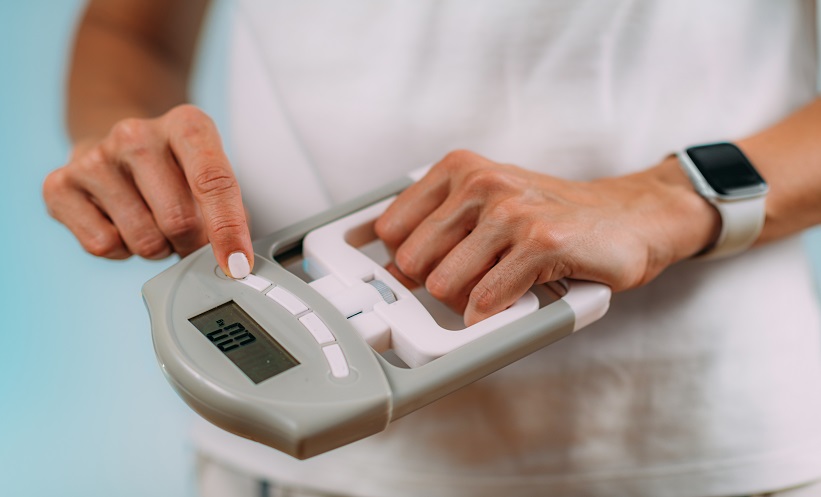IMPLANTABLE ‘artificial pancreas’ may eliminate the use of insulin injections and pumps for individuals with Type 1 diabetes (T1D), potentially transforming the way the condition is managed.
Prof Francis J. Doyle, Department of Chemical Engineering, University of California, Santa Barbara, Santa Barbara, California, USA and colleagues, who created the device, have demonstrated how it may continuously measure an individual’s blood glucose levels and automatically deliver insulin when required.
Individuals with Type 1 diabetes must measure their blood glucose levels by pricking their fingers for blood regularly during the day, using the measurements to calculate the required insulin dose. To deliver insulin to the body, individuals must either self-administer the hormone via injection or have a continuous infusion via an insulin pump. However, the team said that their device could greatly facilitate management of T1D, removing the need for finger pricking and repeated injections.
In their study, the researchers describe the creation of a fully implantable artificial pancreas that uses an algorithm to observe patients’ blood glucose levels and determine the required insulin dose, which is subsequently delivered to the body.
The team conducted computerised tests of the device, which involved simulation of a rise and fall in glucose levels that occurs after meals throughout the day. They found that it maintained the optimum blood glucose range of 80-140 mg/dl 78% of the time, while completely avoiding hypoglycaemia.
“The closed-circuit system provides much tighter control at an unprecedented level to minimise complications and to improve the quality of life,” said Prof Doyle. “It will have immediate benefits, as it will lower healthcare costs in the country and it will reduce the amount of decisions people with diabetes need to make on a constant basis.”
The team anticipate that their artificial pancreas will be available for T1D patients in the next 5 years, and the next step will be to conduct animal testing to assess the in vivo performance of the device.
(Image: freeimages.com)






